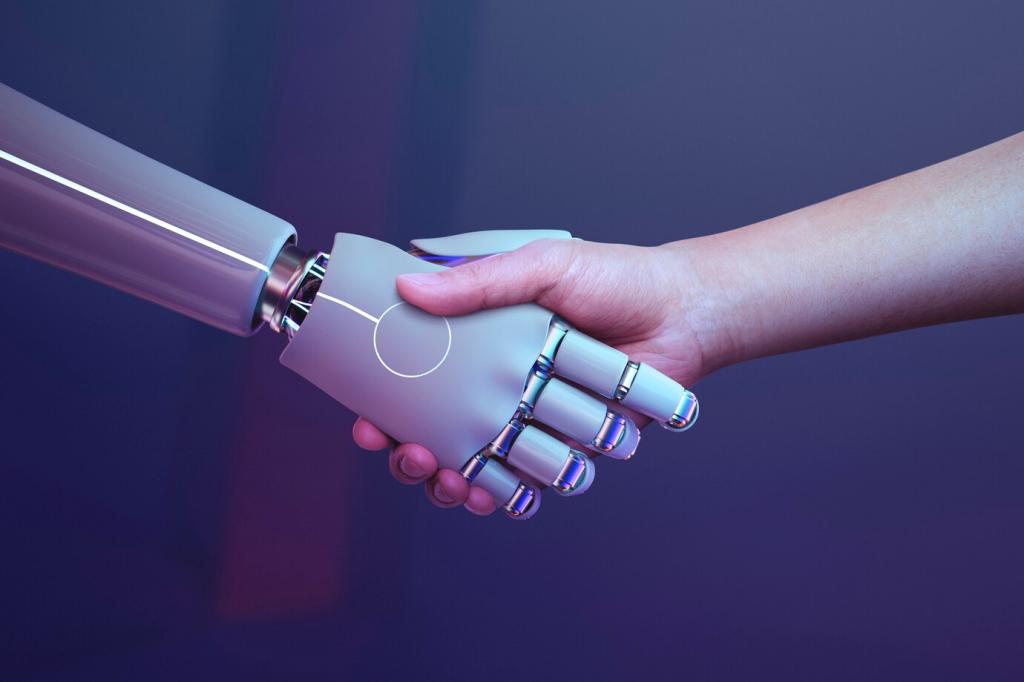
AI Technology in Fabric Design
AI technology is revolutionizing the fabric design industry, merging creativity with advanced computing to inspire new possibilities. From generating patterns and predicting trends to enhancing production efficiency, artificial intelligence offers innovative solutions at each stage of the textile process. Designers and manufacturers now harness the power of AI to optimize performance, streamline workflows, and personalize the final product. This transformation is not only speeding up the traditionally labor-intensive craft but also opening doors to forms of expression and utility previously out of reach.

AI as a Creative Partner
AI algorithms trained on extensive data sets of historical textile patterns, art movements, and material properties serve as imaginative collaborators for designers. Rather than replacing human creativity, AI expands the designer’s toolkit by offering instantaneous feedback and a continuous stream of suggestions. This symbiotic relationship enables the blending of unexpected color palettes, the reimagining of classic motifs, and the creation of entirely new visual languages in textiles, elevating both the artistry and functional possibilities of fabric.

Mass Customization Made Possible
With AI, fabric design can accommodate personalized tastes at an unprecedented scale. Consumers can now interact with AI-driven tools to select, adapt, or invent patterns and textures that reflect their individual styles. This dynamic between customer and designer stimulates creativity on both ends and allows brands to offer one-of-a-kind products without sacrificing efficiency. AI’s ability to quickly interpret preferences and suggest harmonious combinations ensures that bespoke designs remain feasible and cost-effective, unlocking mass customization in fashion and interior textiles.
Efficiency and Sustainability in Fabric Production
AI’s predictive analytics ensure that fabric manufacturers can precisely calculate fabric needs based on trends, orders, and seasonal demand. By predicting which materials and patterns are most likely to be successful, AI minimizes overproduction and excess inventory that would otherwise contribute to waste. Additionally, intelligent logistics powered by AI help streamline the movement and storage of raw materials, resulting in further cost and resource savings throughout the supply chain.

Predictive Trends and Market Insights
Real-Time Analysis of Consumer Preferences
Advanced AI algorithms continuously process data from a variety of sources, such as social platforms and e-commerce sites, to discern what patterns, textures, and colors are resonating with consumers. This granular insight gives designers the ability to adjust collections and designs before trends reach their peak popularity, ensuring a brand’s relevance. Real-time feedback mechanisms powered by AI also help refine collections post-launch, reducing risk and maximizing engagement with target demographics.
Dynamic Trend Forecasting
No longer limited to the guesses or instincts of industry veterans, trend forecasting is now anchored in the vast data-mining capabilities of AI. These models can identify subtle shifts in consumer sentiment and cultural references long before they become mainstream. Armed with this intelligence, fabric brands and manufacturers can pivot quickly, adjusting everything from raw material procurement to marketing strategies, helping establish themselves as innovators rather than followers in the field.
Pricing and Demand Planning
Using predictive analytics, AI enables manufacturers to better estimate demand for particular fabrics and styles, minimizing costly overproduction or stockouts. It also dynamically analyzes market conditions to recommend optimal pricing strategies that maximize both profitability and customer satisfaction. These capabilities contribute to a more agile and responsive textile industry, where data-driven decisions guide every aspect from initial design to final sale.
